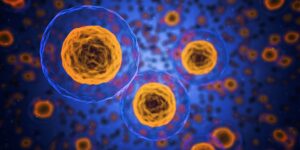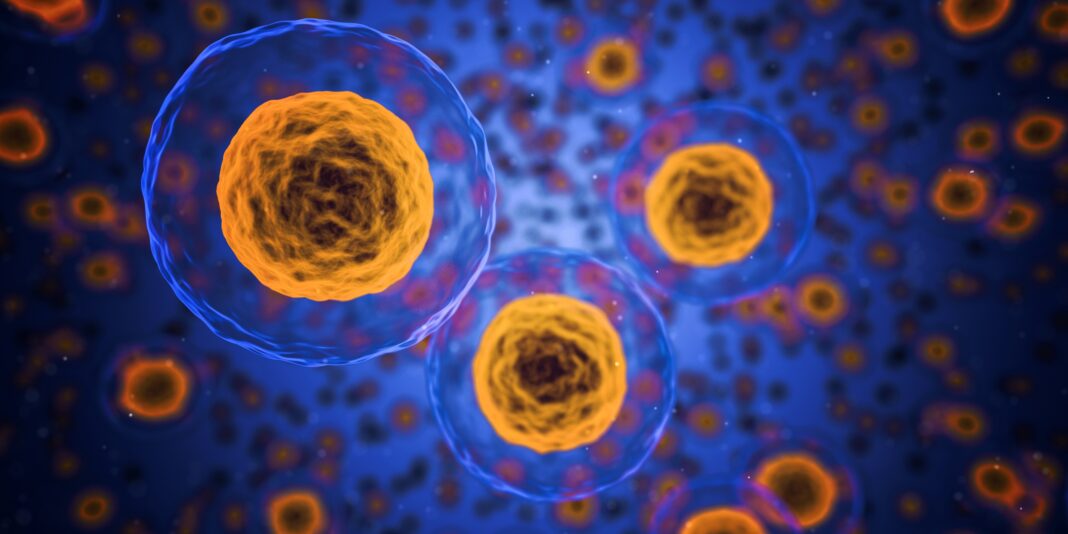Bioinformatics, the combination of biology and information technology, has emerged as a transformative force in understanding genes and harnessing this knowledge for therapeutic purposes. One of the most promising applications lies in the realm of gene editing, where bioinformatics tools are instrumental in identifying target genes, designing precise edits, and optimizing delivery mechanisms. Through this piece, we will explore the intricate relationship between bioinformatics, gene editing technologies, and disease treatment, focusing on the example of insulin production through gene editing with plasmid vectors.
Understanding the genetic code
Bioinformatics serves as a toolkit for scientists navigating the world of genetics. Its primary function is to interpret the genetic code within our DNA. Through tools, bioinformatics enables researchers to gain valuable insights into the function and instructions governing the formation and operation of living organisms.
Target genes
Within the genome, bioinformatics acts as a sort of compass, assisting scientists in the precise identification of specific genes linked to diseases or critical biological functions. Through advanced methods, bioinformatics aids researchers in pinpointing genetic information crucial for medical research and the development of targeted treatments.
Precision editing with molecular tools
The correction of genetic anomalies requires the use of molecular tools, with restriction enzymes being a prime example. These tools act as molecular scissors, enabling scientists to cut the DNA at specific locations. The role of bioinformatics in this editing process ensures not only accuracy in correcting genetic errors but also minimizes the risk of unintended changes.
Plasmid Vectors
Following the precise editing of genes, the next challenge is reintegrating the corrected genetic material into the body’s cells. Plasmids–a type of vector–acts as a carrier or delivery vehicle for the edited genetic information. Bioinformatic studies plays a pivotal role in the design of these carriers, ensuring their efficacy in delivering the corrected genes to their designated locations within the body.
Gene editing example: improving insulin production
An individual who has diabetes may have inadequate insulin production. Bioinformatics plays a big role in aiding scientists to edit the gene responsible for insulin production. Plasmids, acting as precision carriers, transport the corrected gene back into the cells. This groundbreaking approach holds immense potential to enhance insulin production, thereby revolutionizing the management of diabetes.
Bioinformatics unfolds as a captivating field that empowers scientists to navigate the complex intricacies within the genetic code. Whether through precise gene editing to treat diseases or unraveling the profound mysteries of our genetic composition, bioinformatics stands as an indispensable ally in the ongoing quest for a healthier, more personalized future.
Bibliography:
Bioinformatics. (n.d.). Genome.gov. https://www.genome.gov/genetics-glossary/Bioinformatics#:~:text=Bioinformatics%2C%20as%20related%20to%20genetics,or%20annotations%20about%20those%20sequences.
Restriction enzyme. (n.d.). Genome.gov. https://www.genome.gov/genetics-glossary/Restriction-Enzyme#:~:text=A%20restriction%20enzyme%20is%20a,DNA%20technology%20and%20genetic%20engineering.

